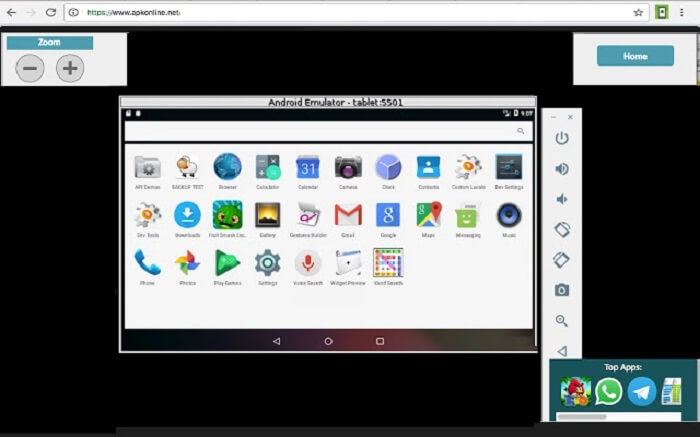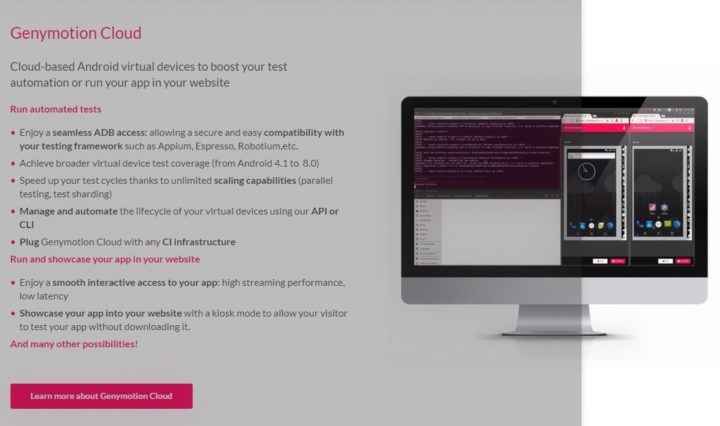
com / git - repo - downloads / repo > $HOME / bin / repo mkdir $HOME / binĬurl http :// commondatastorage. platform / Developer / SDKs Obtaining repoįirst we need to obtain the repo tool.

Īnd extract this to your install, for example: export XCODE_PATH = $ ( xcode - select - print - path 2 >/ dev / null ) If you are within Google, first install gsutil, after which you can: gsutil cp gs :// emu - dev - development / MacOSX10. The toolchain specifically looks for the MacOS 10.13 SDK, and will fail to configure if you do not have it available. Usually this prints /Applications/Xcode.app/Contents/Developer. You can obtain the installation directory as follows: export XCODE_PATH=$(xcode-select -print-path 2>/dev/null) You can validate that you have an Xcode version available by running: xcodebuild - version Note: Xcode is usually installed in /Applications/Xcode.app you might run into unexpected issues if this is not the case.The next step is to to accept the license and install the command line tools. Move Xcode to the Applications folder and you are good to go.

Simply double-click the xip file and it will extract the Xcode application.

If you are using an M1 Mac, you can install a rust compiler toolchain to make sure you do not have to cross compile. We have pinned the compiler and MacOS SDK on the build bots to make sure we do not encounter unexpected issues. Our official builds are using Xcode 12.5.1 Build version 12E507 with SDK version 11.3

Throughout the emulator code base and documentation we ofter refer to MacOS as Darwin. This document describes how to get started with emulator development under MacOS.


 0 kommentar(er)
0 kommentar(er)
